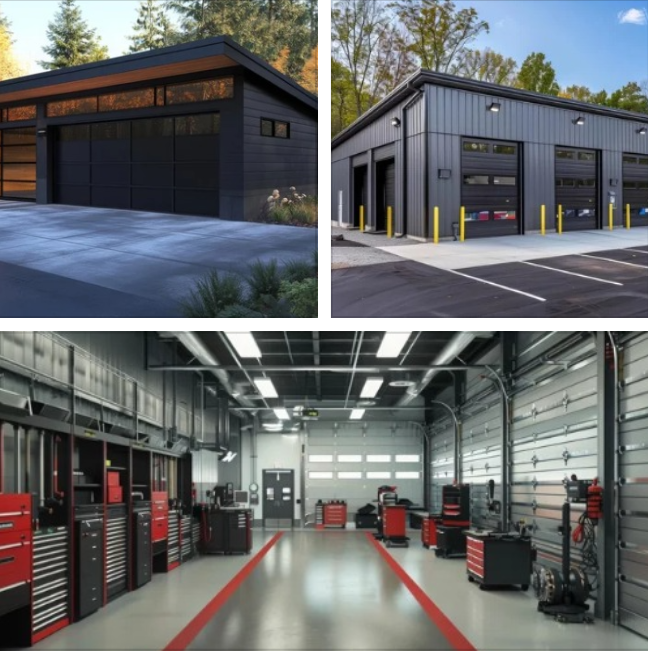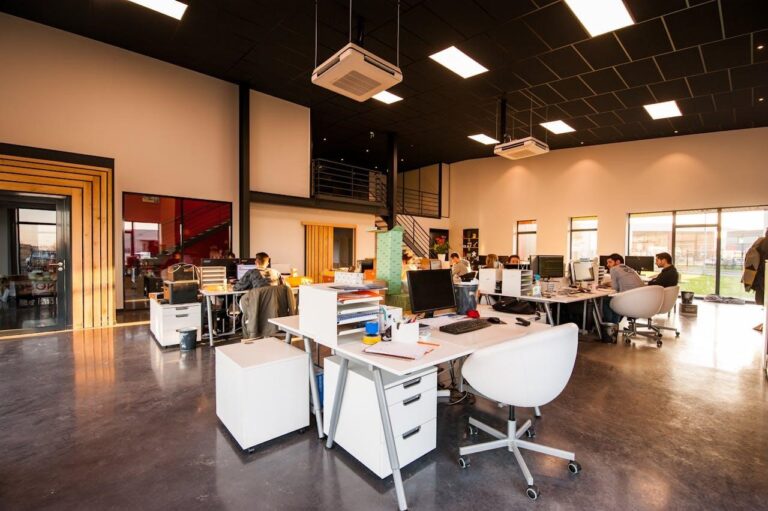Air conditioners are a fantastic resource. If you are in the market for an air conditioning system, and have started conducting your own research, you will know that there are a variety of options on the market. Air conditioners are built differently and appeal to different industries.
From large industrial systems to smaller, portable units, the air conditioning market accommodates the whole spectrum of buyers. Our handy air conditioner buying guide aims to give you an insight into different air conditioner units.
Air Conditioner Buying Guide: What Type of Air Conditioning Unit Do You Need?
The answer to this question is largely dependent on your personal circumstances and what you are hoping your unit will provide. A large office, for example, will require a system with a higher BTU rating than a unit intended for domestic use. We continue below with information demonstrating how to choose a new air conditioner.
There are three main types of air conditioning systems. These units vary in size and power potential, and differ in their suitability to certain environments. These are:
Portable Air Conditioner
This type of air conditioner is the most commonly found. These units are easily transportable and can be moved from room to room with little effort.
These systems are typically supplied with an exhaust hose. Hot air is taken from inside the room through the hose to outside. The hose is vented outside the room through a window or hole in the wall. As a rule of thumb, the length of the exhaust hose is around 1/1.5 metres.
These units provide a great deal of support without the stress of a professional installation. They can cool rooms of varying size, and simply need to be plugged in to enjoy the benefits. These are best for domestic use or in any environment that demands versatility (smaller offices, classrooms).
Wall Split Air Conditioners
These types of units are slightly different. As is suggested in the name, they consist of an indoor and outdoor unit.
The indoor unit is wall mounted which clears a significant amount of floor space. This is connected, via a pipe, to an outdoor unit. You have the choice of leaving the outdoor unit on the ground, or fixing it to the wall using brackets.
With wall split air conditioners, you lose some of the mobility associated with portable models. They also require the services of a professional for installation. As stated however, you clear up a lot of floor space. They also tend to be quieter than portable/mobile air conditioning units. With this in mind, a wall split unit may be suited to larger offices or retail spaces that lack floor space. If we consider the example of the office, the reduction in noise may also improve concentration and thus work performance. Additionally, these units are able to heat rooms efficiently.
Ceiling Cassette Air Conditioning

These types of air conditioner are similar to wall split units. Similarly, they require the services of an installation professional. In the case of ceiling cassette units, they are mounted to the ceiling rather than the wall. These units are great for uniquely shaped rooms where floor space is a priority. They fit into any space discreetly and may be better suited to a commercial setting.
How To Choose The Right Air Conditioner: Power Requirements
After you consider the type of premises that requires cooling, you may also wish to explore the unit’s power capabilities. You want to ensure what you are buying is capable of doing the job at hand.
The measurement used to determine a unit’s power potential is its BTU (British Thermal Unit) rating. BTU refers to the amount of heat needed to raise the temperature of 1lb of water by 1°F.
Essentially, In layman’s terms, the higher the BTU rating, the bigger the room it can cool. This also translates to running cost. As you would expect, the unit’s with higher BTU ratings are more costly to run. If you are deciding how to choose a new air conditioner, it is important to consider BTU rating and the size of the space you are looking to cool.
How To Choose A New Air Conditioner: Features
Modern air conditioners have a number of integrated features. When choosing your air conditioner, you will need to be mindful of what features the unit provides. Depending on its intended use, some features will be more desirable or even necessary.
3-in-1
Modern spec units have the ability to function as an air conditioner, a heater and an air dehumidifier.
Mode Settings
As well as the ability to cool, modern units are able to provide a number of other functions. From fan to quieter night modes, newer air conditioners offer the user greater flexibility.
Timer
Utilising a timer may be convenient and also help reduce energy costs. This may be particularly useful in an office setting as people are only there for a portion of the day.
Adjustable Thermostat
This gives the user greater control over temperature regulation.
Air Conditioner Buying Guide: Our Verdict
When looking to purchase a new air conditioner, we encourage you to gather information and consider the following air conditioner buying guide before committing to any purchases. The size of the space you are looking to cool will ultimately determine the choices available to you. For those in the commercial or industrial sectors seeking an air conditioning specialist, Chillaire offers expert advice as well as a free quote and consultation.



















